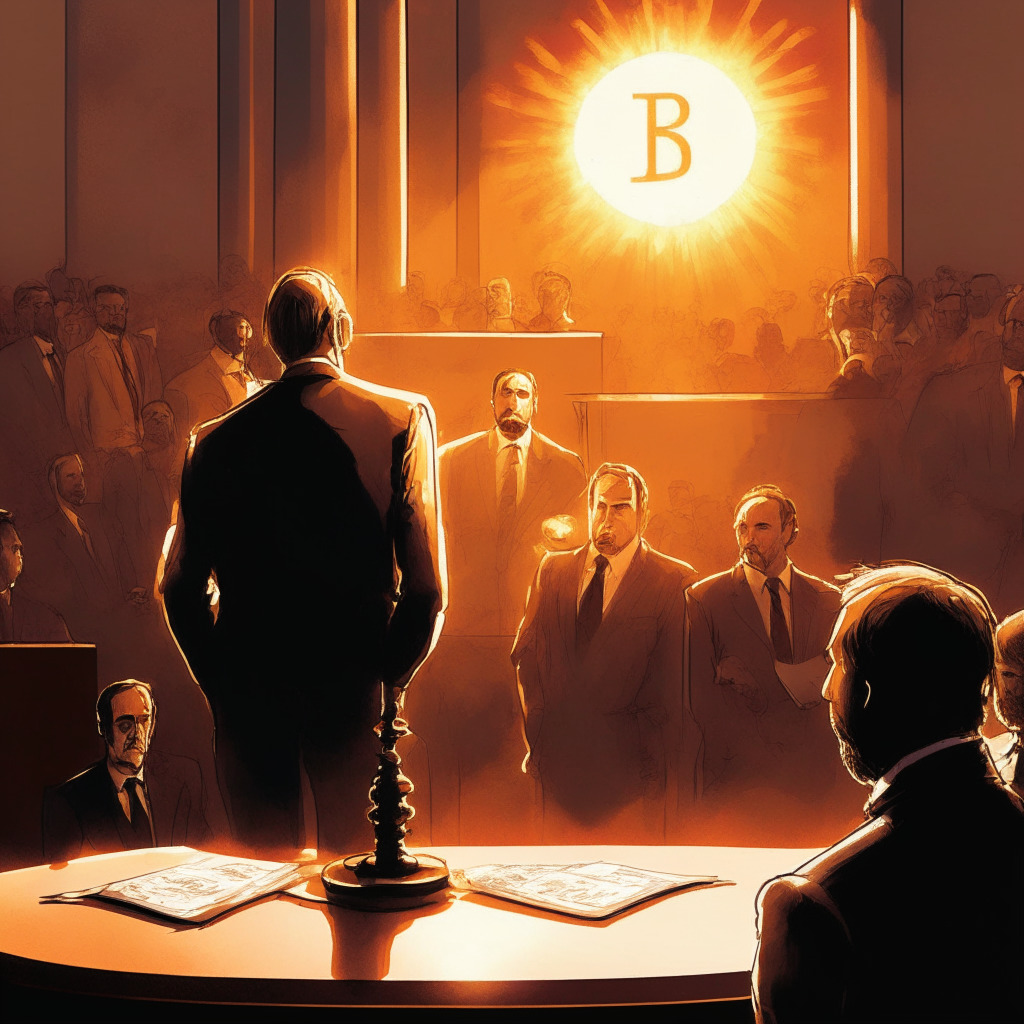As we steer through geopolitical flux straining the global economy, the notion of the U.S. dollar losing its global clout gains momentum. This narrative rides on the diminishing foothold of the dollar in central bank reserves, coupled with increasing de-dollarization pursuits, notably among BRICS countries and emerging markets.
With the dollar anticipated to stay afloat as the world’s dominant reserve currency in the foreseeable future, domestic and international policies could, however, weaken its dominance. As a counterbalance, U.S. regulated fiat-backed stablecoins have emerged as a compelling discourse. They could bolster the dollar’s global prowess and dampen the effects of de-dollarization.
One major inflection at this time is an apparent trend by nations to dilute their reserves from the U.S. dollar, worsened by the Federal Reserve’s rate augmentations to counter domestic inflation. The inkling towards other key currencies has driven down the U.S. dollar’s share in central bank holdings to 58% by the last quarter of 2022, a dip from 71% in 2000.
Meanwhile, the “underground” economy — unrecorded economic happenings due to illegal undertones or tax and regulatory evasion — remains pivotal in many economies. The dollar often finds preference in these sectors due to its stability and widespread acceptance. However, the increase in inflation rates in countries like Turkey and Argentina, has dictated the need for an alternative medium of exchange.
With capital controls limiting foreign currency reserves and central bank-set exchange rates undervaluing regional currencies, consumers have turned to decentralized finance (DeFi) and stablecoins. Herein lies the magic of US-regulated fiat-backed stablecoins. Pegged to fiat currency values, often the U.S. dollar, these digital tokens marry the stability of traditional currency with the technological potency of cryptocurrencies.
As the regulatory ambience around steadycoins in the U.S. gains clarity, their cruciality in impeding the de-dollarization threats becomes evident. Engagements from the U.S. Senate’s Banking, Housing and Urban Affairs Committee with stablecoin dealers like Tether and Circle uncover potential risks and gains.
Jeremy Allaire, Circle’s CEO, posits that regulated stablecoins might buttress the dollar’s global standing. He suggests that if the Federal Reserve can attain control over non-bank stablecoin providers, these tokens could be backed by secured assets, like dollars or Treasury bills, bolstering the entry of a digital dollar into the heart of the global market.
If leveraged properly, stablecoins could not just replace shadow U.S. dollars with blockchain-traceable digital tokens but also forge a more transparent and regulated avenue for transactions. However, as private entities, stablecoin providers might encounter fewer constraints than alternatives like central bank digital currencies (CBDCs) or tokenized deposits when breaching into novel markets.
To wrap up, U.S. regulated fiat-backed stablecoins might hold the promise of a reliable strategy to offset de-dollarization endeavors. By combining the stability of the U.S. dollar with the agility of digital coins, these tokens could offer an extra layer or security for maintaining the global financial leverage of the U.S. dollar.
Source: Coindesk




